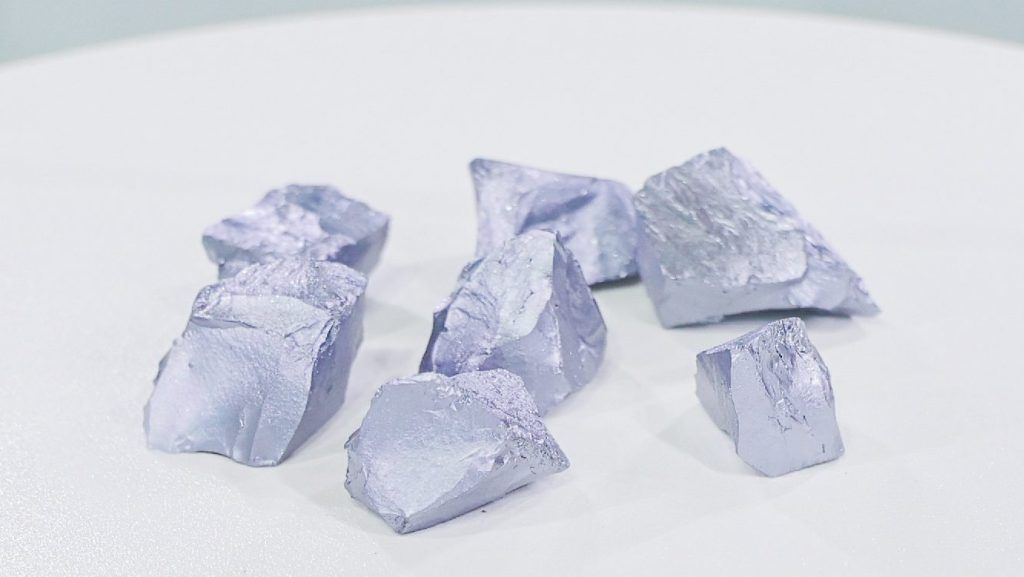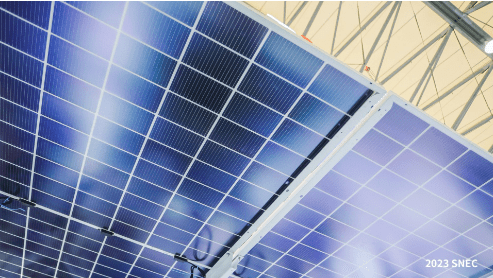In a recent announcement by the Silicon Industry Association of China, the latest prices for solar-grade polysilicon were revealed, showcasing a slight increase in prices.

The transaction price for n-type material ranged from CNY 78 to 85 per kg, with an average of CNY 80.4 per kg, representing a 2.03% weekly increase. Similarly, p-type material saw an average price increase of 2.28% for polysilicon recharge, 2.93% for prime for mono, and 3.91% for prime for multi.
Comparing these prices to those on July 26th, it is evident that the price increase for n-type material has narrowed, while p-type materials have seen a larger uptick, resulting in narrowed n-p price difference.
As per the statistics from the Silicon Industry Association, China’s polysilicon production in July was approximately 115,600 MT, down 5,907 MT or 4.86% compared to the previous month.
Due to power rationing in Inner Mongolia, it is estimated that China’s polysilicon production will be around 118,000-119,000 MT in August, with a growth rate of less than 3%.
Concurrently, the demand is expected to reach around 53-55 GW during the same period. Therefore, it is likely that the polysilicon market will maintain its destocking trend in August, with prices continuing the current upward trajectory.
Information obtained by Solarbe also indicates a rise in polysilicon production in August. With high operating rates in the wafer and cell segments and strong demand, it is projected that polysilicon and wafer prices will maintain a stable upward trend.

However, the solar module segment, due to its large number of providers, is experiencing intensified competition, making it difficult for module prices to rise despite mounting production costs.
This was evident in the recent bidding for the 2023 PV module procurement by the Three Gorges Group, where two first-tier brands bid the lowest prices of CNY 1.168/W and CNY 1.262/W for p-type 182 mm modules and n-type modules, respectively, which represents a shrinking n-p price difference.
Pressured by squeezing market share and accelerating technology upgrade, the p-type module price dip may continue. On the other hand, module companies with cell capacity have inherent cost advantages and can be more proactive in market competition and bid lower prices.
Meanwhile, the rapid rollout of n-type production capacity will also change the supply-demand situation and the n-p price difference. As an example, over 60% of enterprises in the Three Gorges Group bidding had an n-p price difference of less than CNY 0.07/W, indicating a significant decrease compared to before.


